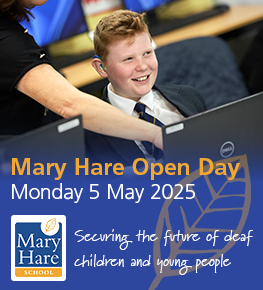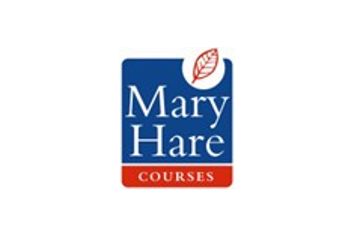3.5. Assessing children with additional needs
Introduction:
The audiology team will want to follow the British Society of Audiology (BSA) guidelines to obtain accurate hearing thresholds, but this may be difficult for some children who have additional needs, such as autism and multi-sensory impairment (MSI). Ideally, and where possible, these children should be referred to specialist clinics led by senior audiologists with experience in testing this population of children.
Procedure:
The testing procedures may need to be modified to try to obtain reliable responses from the child. This may involve several appointments for the child to become familiar with the setting before any assessments can be carried out. It may be a reduced outcome, obtaining two key frequencies rather than expecting to obtain all the necessary frequencies.
Sometimes, children with special needs may become overstimulated by too much sensory information; this needs to be considered in the rewards for VRA assessment and the toys used during distraction assessment. Ideally, the setting should be as calming as possible.
Some children find the beeps and tones distressing or alarming and may not respond to them. Neil Hoey from St Thomas’s Hospital created a bespoke programme of frequency-filtered music from familiar films, cartoons, and TV characters as he found some children responded when they listened to sounds they like. This has been adopted in many hospital settings around the UK. In extreme cases, however, the child may require an ABR to be carried out.
Considerations for QToDs:
- The impact of deafness on children with complex needs may not feel as important to the family, especially if they are being supported by many different professionals. If the hearing threshold is not managed, the child’s communication development could be greatly affected. The QToD needs to support the child and family in attending audiology appointments.
- Working with the child, the QToD can identify appropriate toys that may motivate the child during the test procedure (such as doing a jigsaw or matching coloured blocks) and inform the audiology team in advance.
- Similarly, inform the audiology team of any specific film or cartoon characters that are favoured by the child. Where possible, frequency-filtered music/sounds could be arranged as part of the assessment.
- The QToD could obtain photographs/pictures of the audiology clinic and key members of staff, to create a social story to show the child in preparation for any actual visits to the setting.
- Collect pictures or actual objects that may be used throughout the appointment, for example, if the child does not tolerate wearing headphones, they can have the opportunity to feel and wear the equipment and so become more comfortable before the audiology appointment.
- The QToD should advise the audiology team on any negative triggers that may disrupt the clinic visit and put the child off attending again.
- Where possible, and appropriate, the QToD could join the child and family at the appointment, confirming and reassuring what is happening throughout the visit.
Further reading:
For further information please refer to:
BATOD Audiology guidelines for the assessment of children with special needs (2020)
Next pages in section 3
3.6 Auditory neuropathy spectrum disorder (ANSD)
3.7 Auditory processing disorder (APD)
3.8 Cochlear implant assessment
3.9 Bone conduction implant assessment
Previous pages in section 3
3.3 Visual reinforcement audiometry
Other sections
- Section 1 Anatomy and physiology of the ear
- Section 2 – Aetiology and types of deafness
- Section 4 Acoustics and physics of sound
- Section 5 Listening skills and functional hearing
- Section 6 Hearing technologies




